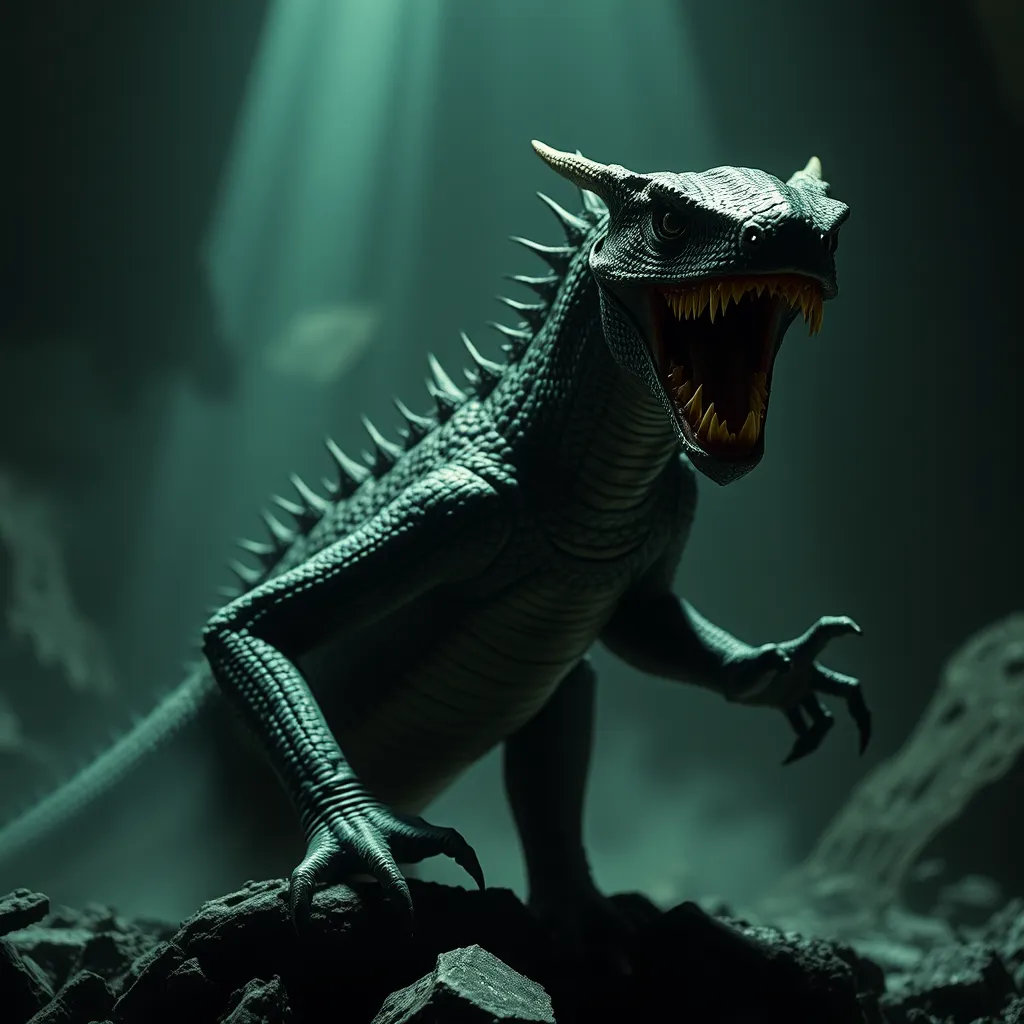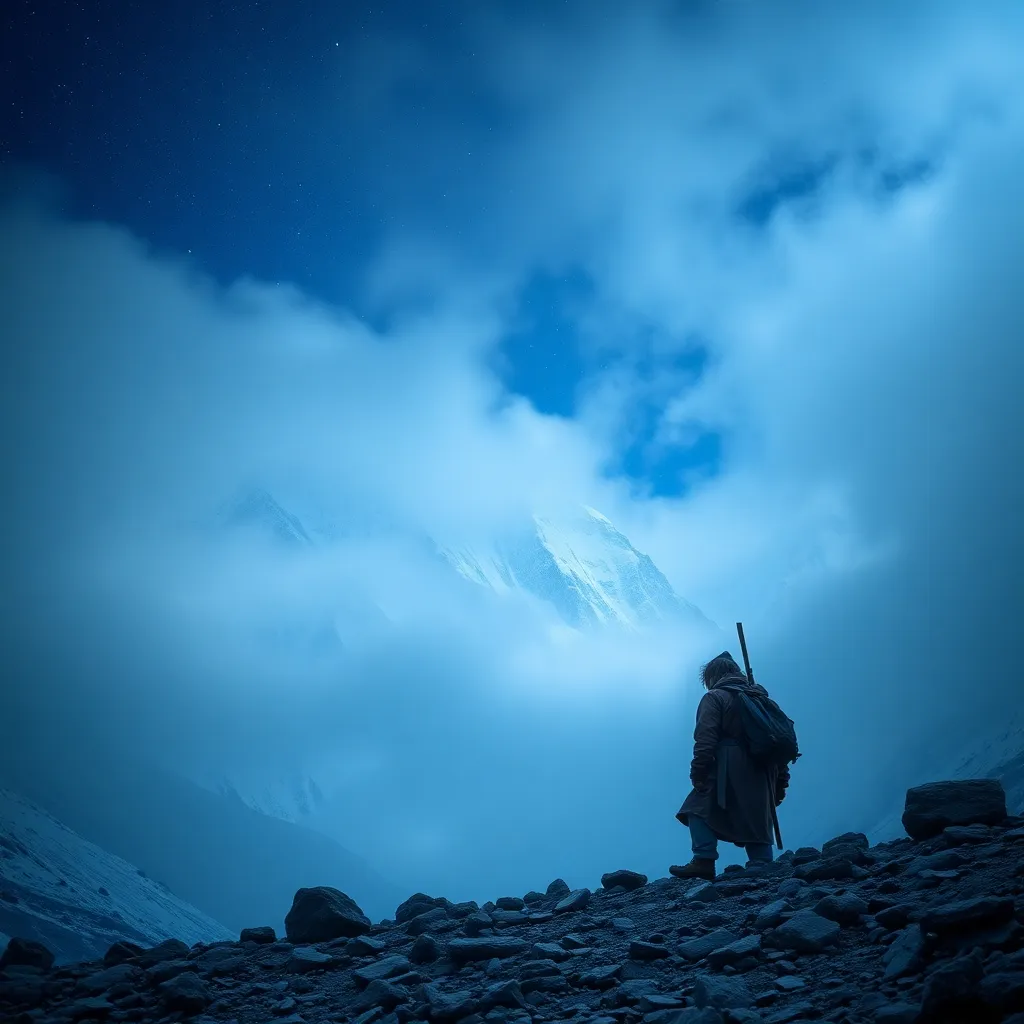The Basilisk in Film: Examining the Monster’s Cinematic Portrayal from Silent Films to Modern Blockbusters
I. Introduction
The Basilisk, often referred to as the “king of serpents,” is a legendary creature from European folklore, described as a serpent or lizard with lethal powers, particularly its gaze, which could cause death. Its origins can be traced back to ancient texts, including the Bible and the writings of Pliny the Elder. The Basilisk has fascinated humanity for centuries, symbolizing both power and danger.
Over time, the Basilisk has become a significant figure in popular culture, appearing in various forms of media, from literature to video games and, prominently, in film. This article aims to explore the evolution of the Basilisk in film, examining its portrayal from the silent era to modern blockbusters.
II. The Basilisk in Early Cinema
Early cinema saw the Basilisk represented through various adaptations, albeit with limited special effects capabilities. The creature often appeared as a metaphor for fear and the unknown.
A. Silent film adaptations and their interpretation of the Basilisk
In the silent film era, filmmakers relied heavily on visual storytelling and metaphor. The Basilisk was sometimes depicted as a monstrous serpent or dragon-like creature, with exaggerated features to evoke fear. The lack of sound required filmmakers to focus on visual effects, which sometimes led to creative interpretations of the Basilisk.
B. Notable early films featuring Basilisk-like creatures
- The Golem (1920) – While not a direct representation of a Basilisk, the Golem’s monstrous nature parallels the Basilisk’s fearsome reputation.
- Nosferatu (1922) – This film’s supernatural elements and depiction of terror can be likened to the fear associated with the Basilisk.
C. The impact of special effects limitations on portrayal
The limitations of special effects during the silent film era meant that filmmakers had to rely on practical effects and imaginative storytelling to convey the Basilisk’s deadly nature. This often resulted in a more symbolic portrayal rather than a literal one.
III. The Basilisk in Classic Monster Movies
With the advent of sound in cinema, the portrayal of monsters evolved significantly. The Basilisk became a part of the broader tradition of classic horror films in the mid-20th century.
A. Analysis of the Basilisk’s role in mid-20th century horror films
During this period, the Basilisk was often depicted as a terrifying antagonist, embodying the fears of the time. Films like Harry Potter and the Chamber of Secrets (2002) drew inspiration from earlier monster movies, showcasing the creature as a formidable foe.
B. Comparison with other classic monsters (e.g., Dracula, Frankenstein)
Much like Dracula and Frankenstein’s monster, the Basilisk served as a reflection of societal anxieties. Each creature symbolized different fears—fear of the unknown, fear of the other, and fear of nature’s wrath.
C. Themes of fear and fascination in these portrayals
The Basilisk’s portrayal in classic monster movies often highlighted themes of fear and fascination, showcasing humanity’s dual attraction to and repulsion from monstrous beings.
IV. The Rise of the Basilisk in Fantasy Cinema
The 1980s and 1990s marked a significant shift in the portrayal of the Basilisk, particularly within the realm of fantasy films.
A. Exploration of fantasy films and the Basilisk’s representation
Fantasy cinema began to embrace the Basilisk as a creature of magic and legend, often depicting it in lush, fantastical environments.
B. Key films from the 1980s and 1990s that featured the creature
- Labyrinth (1986) – Featured a variety of fantastical creatures, with the Basilisk as an underlying archetype.
- Harry Potter and the Chamber of Secrets (2002) – The Basilisk played a central role, reinforcing its image as a creature to be feared.
C. The Basilisk’s symbolic meanings in fantasy narratives
In these narratives, the Basilisk often symbolizes inner fears and challenges that protagonists must face, representing the journey from fear to empowerment.
V. Modern Blockbusters: The Basilisk Reimagined
In recent years, the Basilisk has been reimagined in modern blockbusters, reflecting advancements in technology and changing cultural attitudes.
A. Examination of recent films and their unique takes on the Basilisk
Films like Fantastic Beasts: The Crimes of Grindelwald (2018) have introduced new interpretations of the Basilisk, showcasing it in a more nuanced light.
B. The influence of CGI and advanced effects on portrayal
The rise of CGI has allowed filmmakers to create more realistic and visually stunning representations of the Basilisk, enhancing its menacing presence on-screen.
C. Case studies of notable films featuring the Basilisk
- Harry Potter Series – The Basilisk is depicted as a formidable guardian of ancient secrets.
- Fantastic Beasts – Explores the lore and mythology surrounding magical creatures, including the Basilisk.
VI. Cultural Impact and Reception
The Basilisk’s portrayal in film has elicited varied reactions from audiences over the decades.
A. Audience reactions to Basilisk portrayals over the decades
From terror to awe, audience reactions have ranged widely, reflecting societal fears and cultural changes.
B. The Basilisk in merchandise and spin-off media (video games, books)
The Basilisk has transcended film, appearing in merchandise, video games, and literature, further embedding it in popular culture.
C. The evolution of the Basilisk’s image in popular culture
As society evolves, so does the portrayal of the Basilisk, shifting from a purely fearsome creature to one that can embody deeper narratives and complexities.
VII. Thematic Elements and Symbolism
The Basilisk often embodies recurring themes and deeper symbolism within various narratives.
A. Exploration of recurring themes associated with the Basilisk
- Fear of the unknown
- Power and control
- Transformation and growth
B. The Basilisk as a representation of inner fears and societal issues
Filmmakers often use the Basilisk to explore themes of inner fears, societal issues, and the monsters we create within ourselves.
C. How filmmakers use the Basilisk to convey deeper narratives
The Basilisk can serve as a catalyst for character development, pushing protagonists to confront their own fears and insecurities.
VIII. Conclusion
The cinematic journey of the Basilisk reflects broader cultural changes and the evolving landscape of film. From its origins in mythology to its modern portrayals in blockbuster films, the Basilisk has maintained its status as a captivating creature of legend.
As filmmakers continue to explore the depths of mythology and fantasy, the Basilisk’s legacy is likely to endure, presenting new opportunities for storytelling and creative expression in the years to come.




